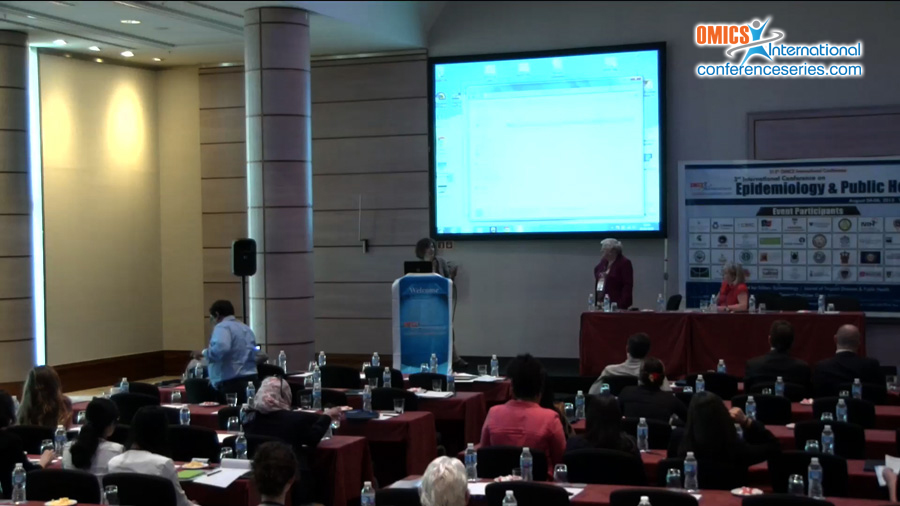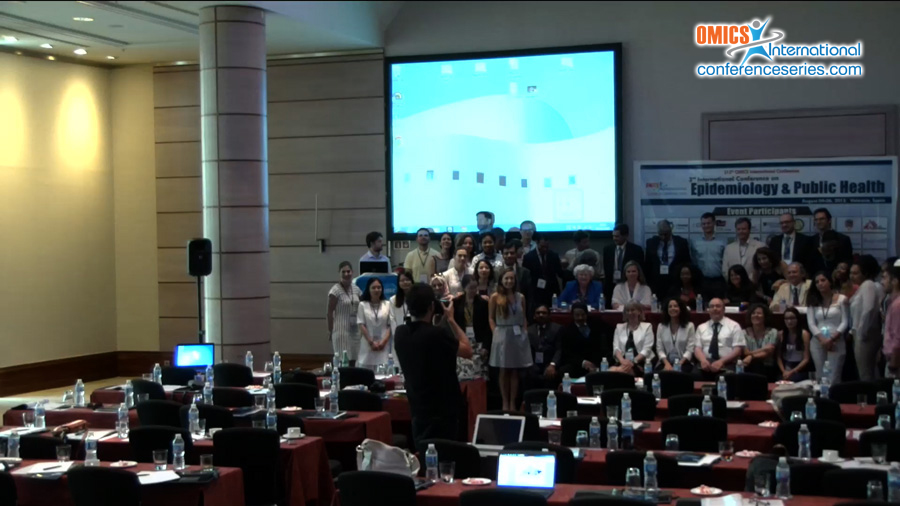
Maria Cristina Ossiprandi
Parma University, Italy
Title: Phenotypic comparison of non-O1 Vibrio cholerae strains isolated from surface waters in Italy and from imported ornamental fishes
Biography
Biography: Maria Cristina Ossiprandi
Abstract
Non-O1 Vibrio cholerae are involved in a wide range of clinical manifestations, including enteritis (otitis, appendicitis, pneumonia, meningitis, septicemia, etc.) and are also prevalent in our latitudes, at the level of fresh water, seawater and sewage. In this survey, we ascertained the spread of non-O1 Vibrio cholerae in streams of Parma province (Italy) and compared the phenotypic profile of our isolates with those found in a previous analysis, from ornamental fishes, imported from Asia and Latin America. The water samples were filtered on a membrane. The filter was incubated in alkaline peptone water at pH 8.5 at 37°C for 6 hours and, after enrichment, was seeded for isolation on TCBS agar. Strains suspected, grown on Kligler agar, after screening assays, were definitely identified by gallery API 20E. The phenotypic profile was completed by extensive biochemical-enzymatic assays and by susceptibility testing to antibiotics. Thirty-eight strains (B group) of non-O1 V. cholerae were isolated. Their phenotypic profile, like that of the 19 strains (A group), isolated from ornamental fishes, and was perfectly congruent with the needs of identification species. In A group, twelve different resistance combinations were observed; in B group, ten. The resistance associations were also larger in A group, extending to 8 and 7 antibiotics, in two and five cases, respectively. Within B group, the multiple resistances have affected 6 antibiotics and have highlighted a group of 4 strains with resistance to Penicillin alone. We can argue, reasonably, that the isolates are indigenous in our waters and, presumably, spread throughout territory.


